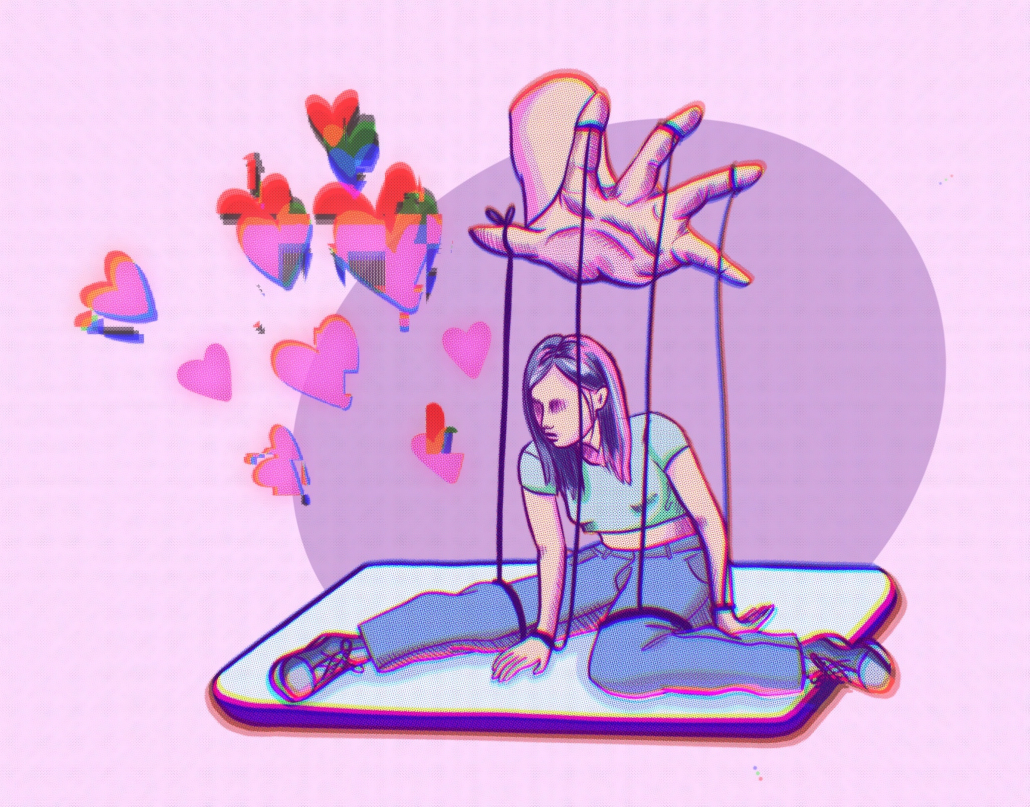Authenticity is a paradox in a fractured virtual world

Who are you? If I were to Google you right now, what would I find? Would I find a cohesive person, or many identities that conflict and contradict across different platforms? How many social media accounts are you active on? How many versions of yourself exist in the cyberspace ether? And out of these different profiles and sites, do any of them actually reflect your true self?
Social media is an amalgamation of private selves. Our public and private personas have drifted further and further apart, creating multiple dissonances of the self, similar to that of a celebrity. Different facades come out to play depending on the platform we choose to show ourselves on — whether it be a perfectly posed Instagram pic, a witty tweet or a BeReal six hours late, we have taught ourselves to be masters of manipulating how we come across online. After all, the internet is forever.
Instagram is the perfect example of how ridiculously convoluted social media identity has become for Gen Z. You have your “rinsta,” your “real” Instagram, the account for interacting with your friends, family, coworkers, peers, the random people you met at Model UN conferences in high school, your exes, your neighbors and everyone else in between who are interested enough in you and your life to hit the follow button. But, for many of us, this “rinsta” is just one piece of our complex and layered Instagram identity.
Within Instagram, you can add a select few (or many) friends to a “close friends” story, where you can use your real Instagram account to be more intimate with impermanent story posts. But that’s not all! On top of the real account and the private story, many people use a “finsta” (shorthand for “fake Instagram”) that’s usually a conglomeration of rants, photo dumps, mental illness and general chaos. Not to mention “finstas” can have their own private stories, too.
We are most real and authentic in our most private spaces and yet, this “private space” of truth is still just an internet profile — an online nothing-space filled with people hiding behind screens and silly nicknames just to feel safe enough to be themselves.
It’s no secret that social media floods us with dopamine when we receive engagement, and many of us become controlled by the validation we feel from likes, comments and DMs — any interaction and attention. I used to have a finsta and a private story, but I stopped using them when I realized they were just distractions, unhealthy and ineffective coping mechanisms that I overused. I sought out attention and support online from my “inner circles,” airing my issues online for nobody to really care when I needed to deal with them on my own.
I think about my old VSCO account and Tumblr blog, digital artifacts of once trendy social media platforms that I have since chosen to abandon. But they’re still out there, lost within the World Wide Web — a footprint of the girl I used to be, or perhaps the girl I used to pretend to be or desperately wanted to be. Maybe, if you Google me, you can find my cringey selfies and terrible emo poetry, parts of my teenage self I’ve tried to erase and rewrite to no avail.
When we were younger, we were told explicitly to be ourselves. Still, every implicit message told us to conform to what everyone else is like — their ideas of beauty, happiness and success. When you can craft a persona online so seamlessly and easily, nobody will ever know the difference between who you are and who you’re pretending to be. And maybe that’s the point. If we can fool everyone else, maybe we can fool ourselves. Maybe, if we pretend hard enough, we will become the shiny, happy, beautiful, fake template of a person we so desperately yearn to be.

